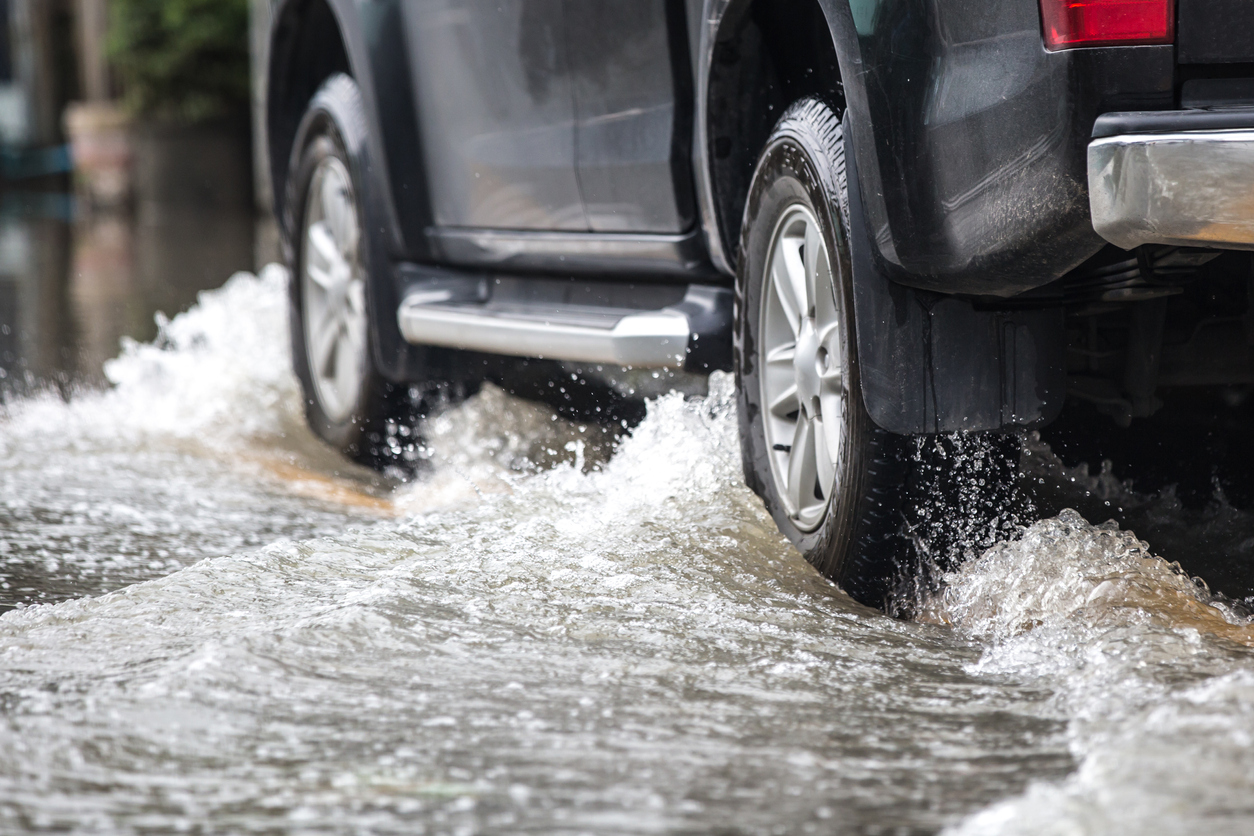
There is no ‘silver bullet’ solution for flood problems, experts at Smart Growth Summit say
Major public projects cannot be relied upon exclusively to mitigate flood risk, speakers said during the Thursday, Nov. 18, closing session of the Center for Planning Excellence’s Smart Growth Summit.
Their presentations during CPEX‘s virtual event might be seen as a warning to anyone who hopes the Comite River Diversion project, or anything else, will fix once and for all the Capital Region’s flooding problems. However, smaller solutions distributed across a community can work with the big-ticket projects to reduce overall risk, they said.
“There’s no silver bullet that will solve everything,” says Emad Habib, endowed chair in the College of Engineering at UL Lafayette.
|
|
The combination of a low-lying city, aging and undersized infrastructure, and a changing climate bringing more frequent and severe storms is a recipe for flooding, says Meagan Williams, stormwater program manager with the city of New Orleans.
“All of our drainage really relies on (water) being pumped out of the city,” she says.
But “green infrastructure” that mimics nature can work with the “gray infrastructure” by holding stormwater until the peak of the storm has passed, taking pressure off the city’s beleaguered pump system. For example, a “rain garden” can hold about 18,000 gallons of water, she says.
Chicago was built on a swamp, notes Drew Williams-Clark with the Chicago-based Center for Neighborhood Technology. A massive “deep tunnel” drainage project there was begun in 1972 and isn’t expected to be finished until 2029, he says.
“What we’re finding is that the big civil engineering projects on public rights of way don’t necessarily always reduce flood risks for homeowners or renters,” Williams-Clark says. “It should be about distributed solutions.”
Home retrofits can reduce harm where it’s needed the most, he says. Government programs can help owners afford the improvements, he says, though “one-stop shops” are needed to help people navigate the onerous eligibility requirements.
Ryan Slattery, senior adviser with the city of Houston, says the city has adopted strict 500-year-storm standards for development in the floodplain. But he says 59% of the flood damage from Hurricane Harvey happened outside the designated floodplain.
Outside the floodplain, slab-on-grade construction still is the norm in Houston, Slattery says. Conversations about extending protections to those areas are difficult, but they need to happen, he says.
This story originally appeared in a Nov. 19 edition of Daily Report. To keep up with Baton Rouge business and politics, subscribe to the free Daily Report e-newsletter here.
|
|
|
